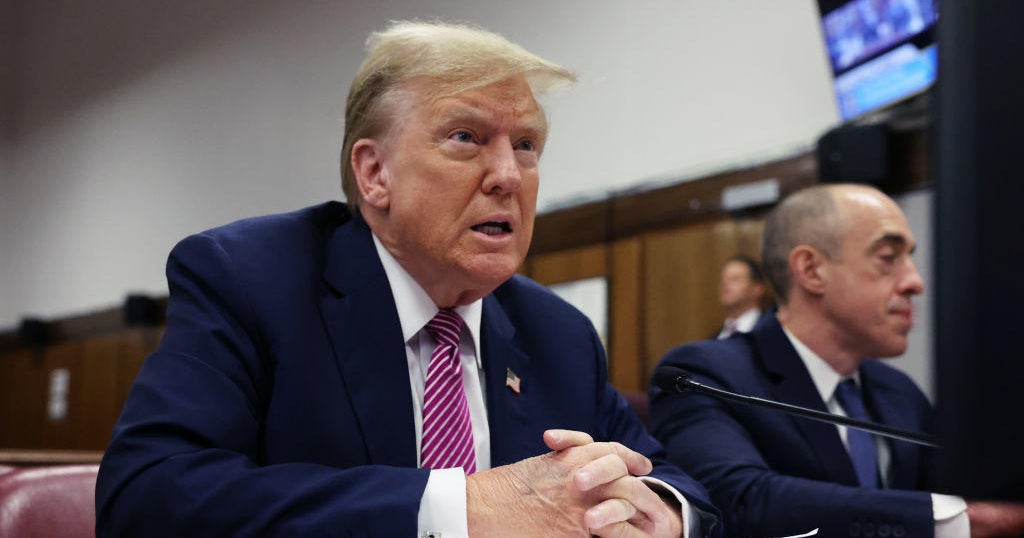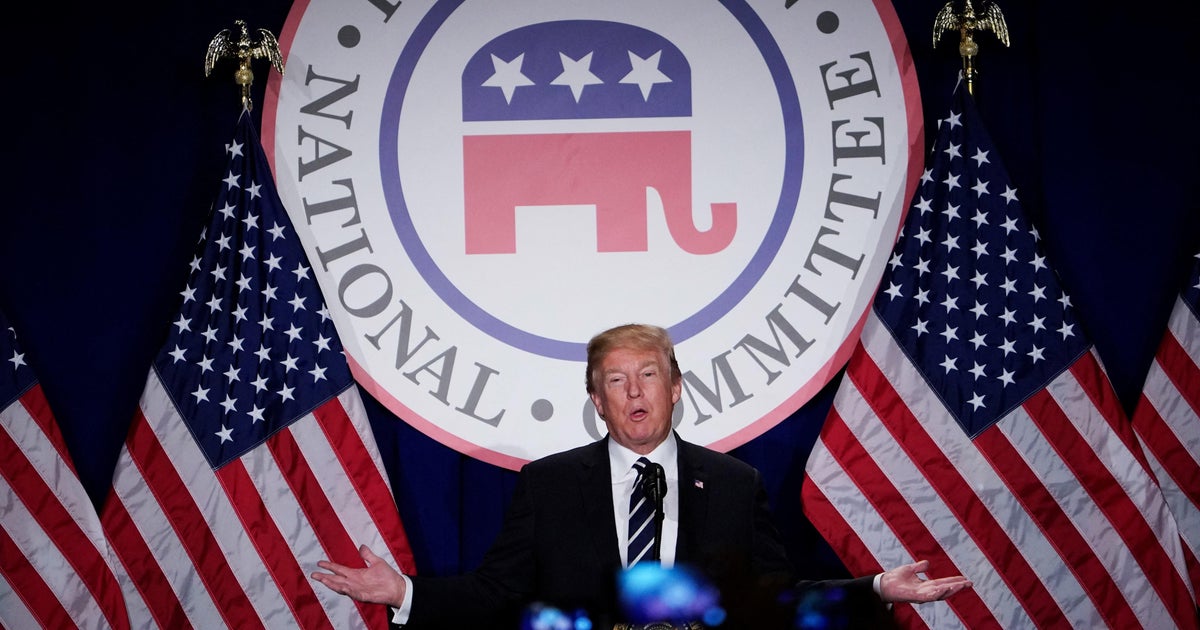Trump's State of the Union claimed workers have benefited most. Not quite
In his State of the Union address on Tuesday, President Donald Trump declared that ordinary workers have seen a "blue-collar boom" during his tenure. That's partly true. But his suggestion that the bottom 50% of income-earners are faring better financially than the top 1% does not hold up to scrutiny.
The average wealth of a worker making the median wage or less has risen by a total of $4,000 in the three years since Mr. Trump took office. The average wealth increase for those in the top 1%? That's up $2.2 million.
Another claim from Mr. Trump in the State of the Union: Wages for lower paid workers have risen 16% since his election. That's true. But most of that increase owes to other factors, including a move by many states to hike their minimum wage.
Mr. Trump's speech depicted the economy as firing on all cylinders, especially for working-class Americans. That description is off the mark for the manufacturing sector, historically a key source of employment for less-educated workers.
After booming in 2018, manufacturers narrowly avoided a recession last year, hurt by Mr. Trump's trade fights with China and other countries. Since he entered office in 2017, the number of manufacturing jobs also has expanded more slowly than the broader labor market. The result: Manufacturers today account for a slightly smaller share of employment than they did in 2016.
Those jobs are also paying less. A decade ago, the average manufacturing job paid $1 an hour more than jobs overall. Today, those same jobs tend to pays less that most other kinds of work, according to figures from the Bureau of Labor Statistics.
About those wealth gains
Mr. Trump is right to say the wealth of lower-income Americans is rising. And it's rising faster than under Barack Obama, when the wealth of the bottom half was essentially flat for the entirety of his two terms in office. But it's still not rising as fast as the wealth of the top 1%, who got a much bigger boost from Mr. Trump's 2017 tax cuts than average Americans did.
When Mr. Trump was elected a little over three years ago, the top 1% had a collective net worth of $22.5 trillion. That's risen 21% to $27.3 trillion, according to the most recent Federal Reserve data. Meanwhile, the lower 40% of wage earners saw their combined net worth rise 12%, to $6.5 trillion from $5.8 trillion.
But even that gain is smaller than it seems, said Gabriel Zucman, a University of California at Berkeley economist who is one of the leading researchers on wealth inequality. He said the net wealth of the bottom half of wage earners in America is actually close to zero because of debt, making any apparent increase appear larger than it really is.
Pay hikes — thanks largely to individual U.S. states
Average pay around the U.S. is rising faster today than when President Trump took office three years ago, though it is slower than its peak in February 2019, when hourly earnings grew 3.4% on a year-over-year basis.
For lower-wage workers, the good news is they are capturing much of those gains after decades of muted wage growth. Since 2015, the lowest-paid quarter of workers has seen a higher percentage increase in pay than the top 25%, according to the Federal Reserve Bank of Atlanta.
Some research has found that this increase is partly driven by states increasing their minimum wages. States that raised their minimum wage between 2013 and 2018 saw pay for their lowest-paid workers grow more than 50% faster than those that didn't, according to an analysis from the left-leaning Economic Policy Institute. The trend continued in 2019, said Elise Gould, senior economist at EPI.
"Year after year, we've seen states increase their minimum wage, either through indexing [for inflation] or legislation, and we have seen faster wage growth at the bottom in those states that have increased their minimum," she said.
Nearly half of U.S. states and many cities are boosting their minimum wage this year. Meanwhile, the federal minimum wage has remained at $7.25 since 2009 — the longest stretch without a hike in baseline pay. The House of Representatives in July voted to raise the minimum wage to $15, but the bill has stalled in the Senate, and Mr. Trump has not addressed the issue.
How's your 401(k)?
Mr. Trump likes to point to the stock market as a sign of the economy's health. He has done well on that account, presiding over a 43% increase in the S&P 500-stock index in the three years since his inauguration — better than George W. Bush for a similar period, but behind the blue-chip stock index's performance under both Bill Clinton and Barack Obama.
Still, a hot stock market doesn't mean all workers are doing better. Richer Americans hold a far greater portion of the nation's wealth, with the top 10% of income earners owning nearly 85% of the value of all stocks.
"People who own shares have definitely done well, but most middle-class workers, they can't afford to put away an appreciable amount for their retirement," said Paul Sonn, director of the National Employment Law Project Action Fund.
"Slow and steady"
Despite the modest economic growth, the longest expansion in U.S. history, which started in 2009, shows few signs of winding down 11 years later. Perhaps even more important, data suggest a broader swath of Americans are benefiting: More people have come off the sidelines and found jobs. As a result, the proportion of Americans in their prime working years (ages 25 through 54) who are employed is now higher than before the Great Recession.
Another boon is that the moderate growth has meant that, at least so far, the economy isn't showing evident signs of excess akin to the housing bubble that led to the 2008 financial meltdown.
"This expansion has been slow and steady, but it could run for a few more years," Ryan Sweet, an economist at Moody's Analytics, told the Associated Press. "There's no reason that it needs to die. Sometimes slow and steady does win the race."



